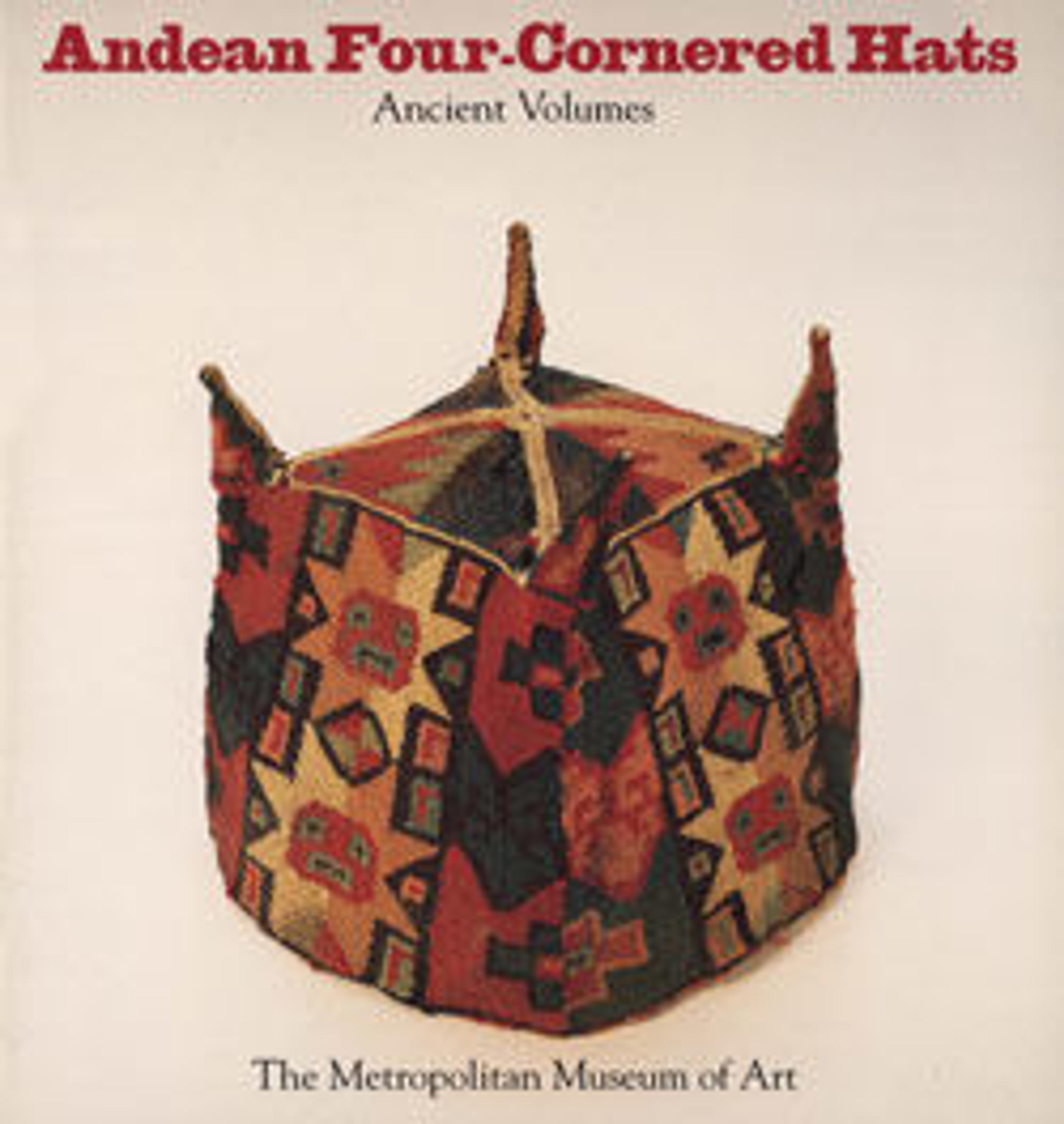Tunic Fragment
Wari tunics are among the most elaborate textiles of ancient America. The colorful designs are grid-based, with vertical rows of squares frequently separated with monochrome bands. Compositions are highly geometric and often illegible at first glance. Figures are distorted, compressed, expanded, and rotated until they reach the limits of abstraction. However, the woven figures ultimately refer to humans and animals known in the Wari iconographic corpus, such as staff-bearers, frontal and profile human heads, felines, and raptorial birds. This fragment shows four profile staff-bearing figures. Light brown figures with split eyes have a human aspect and the fangs of beings endowed with supernatural power. Green figures have the spots, muzzles, and claws of felines. All figures have wings, belts ending with stylized flowers, and appear as if they were running or kneeling.
Artwork Details
- Title:Tunic Fragment
- Date:7th–9th century
- Geography:Peru
- Culture:Wari
- Medium:Camelid hair, cotton
- Dimensions:H. 12 7/8 x W. 21in. (32.7 x 53.3cm)
- Classification:Textiles-Woven
- Credit Line:The Michael C. Rockefeller Memorial Collection, Bequest of Nelson A. Rockefeller, 1979
- Object Number:1979.206.394
- Curatorial Department: The Michael C. Rockefeller Wing
More Artwork
Research Resources
The Met provides unparalleled resources for research and welcomes an international community of students and scholars. The Met's Open Access API is where creators and researchers can connect to the The Met collection. Open Access data and public domain images are available for unrestricted commercial and noncommercial use without permission or fee.
To request images under copyright and other restrictions, please use this Image Request form.
Feedback
We continue to research and examine historical and cultural context for objects in The Met collection. If you have comments or questions about this object record, please contact us using the form below. The Museum looks forward to receiving your comments.
